The most stable anion is:
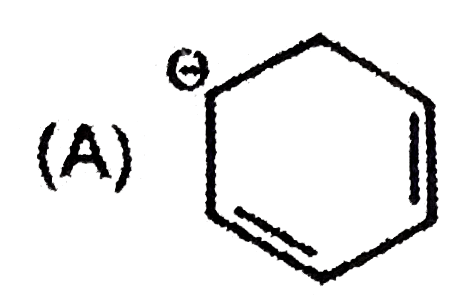
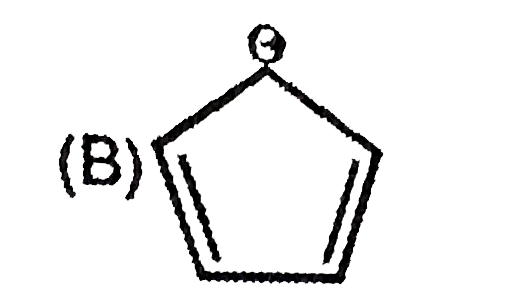

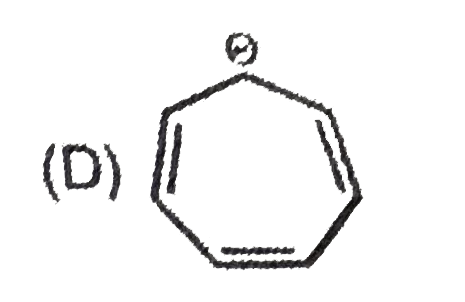
The correct Answer is:B
To determine which anion is the most stable, we need to consider the factors that contribute to anion stability, particularly resonance and aromaticity. Here’s a step-by-step breakdown of how to approach this question:
Step 1: Identify the Anions
First, we need to identify the anions we are comparing. Let's assume we have several anions to consider, such as:
- Anion A
- Anion B
- Anion C
- Anion D
Step 2: Analyze Resonance Structures
For each anion, we should analyze how many resonance structures can be drawn. The more resonance structures an anion has, the more stable it generally is because the negative charge can be delocalized.
- Anion A: Draw its resonance structures. Count how many unique structures can be formed.
- Anion B: Repeat the process for this anion.
- Anion C: Do the same.
- Anion D: Finally, analyze this anion.
Step 3: Evaluate Aromaticity
Next, check if any of the anions are aromatic. An aromatic compound is particularly stable due to its cyclic structure and the delocalization of electrons. To be aromatic, a compound must follow Huckel's rule (4n + 2 π electrons).
- If any of the anions are aromatic, they will be more stable than non-aromatic ones.
Step 4: Compare Stability
After analyzing resonance and aromaticity:
- Compare the number of resonance structures for each anion.
- Identify if any anion is aromatic.
- The anion with the highest number of resonance structures or the one that is aromatic will be the most stable.
Step 5: Conclusion
Based on the analysis, conclude which anion is the most stable.
Example Conclusion
If Anion B was found to have the most resonance structures and was also aromatic, then Anion B would be the most stable anion.
First, we need to identify the anions we are comparing. Let's assume we have several anions to consider, such as:
- Anion A
- Anion B
- Anion C
- Anion D
For each anion, we should analyze how many resonance structures can be drawn. The more resonance structures an anion has, the more stable it generally is because the negative charge can be delocalized.
- Anion B: Repeat the process for this anion.
- Anion C: Do the same.
- Anion D: Finally, analyze this anion.
Next, check if any of the anions are aromatic. An aromatic compound is particularly stable due to its cyclic structure and the delocalization of electrons. To be aromatic, a compound must follow Huckel's rule (4n + 2 π electrons).
Step 4: Compare Stability
After analyzing resonance and aromaticity:
- Compare the number of resonance structures for each anion.
- Identify if any anion is aromatic.
- The anion with the highest number of resonance structures or the one that is aromatic will be the most stable.
Based on the analysis, conclude which anion is the most stable.
If Anion B was found to have the most resonance structures and was also aromatic, then Anion B would be the most stable anion.
Topper's Solved these Questions
- BOOK - RESONANCECHAPTER - GENERAL ORGANIC CHEMISTRY IIEXERCISE - Part-III: Match the Column2videos
GENERAL ORGANIC CHEMISTRY II
- BOOK - RESONANCECHAPTER - GENERAL ORGANIC CHEMISTRY IIEXERCISE - Part-I : Only One Option Correct Type22videos
GENERAL ORGANIC CHEMISTRY II
- BOOK - RESONANCECHAPTER - GENERAL ORGANIC CHEMISTRY IIEXERCISE - Exercise-120videos
GENERAL ORGANIC CHEMISTRY II
- BOOK - RESONANCECHAPTER - GASEOUS STATEEXERCISE - PHYSICAL CHMISTRY (Gaseous State)47videos
GASEOUS STATE
- BOOK - RESONANCECHAPTER - GENERAL ORGANIC CHEMISTRY-IEXERCISE - PART-III : PRACTICE TEST-191videos
GENERAL ORGANIC CHEMISTRY-I
Similar Questions
Knowledge Check
- Question 1 - Select One
The most stable ion is :
A[Fe(OH)3]3−B[Fe(Cl)6]3−C[Fe(CN)6]3−D[Fe(H2O)6]3+ - Question 2 - Select One
The least stable anion is
ALi−BBe−CB−DC− - Question 3 - Select One
The most stable carbanion is
APhΘCH2B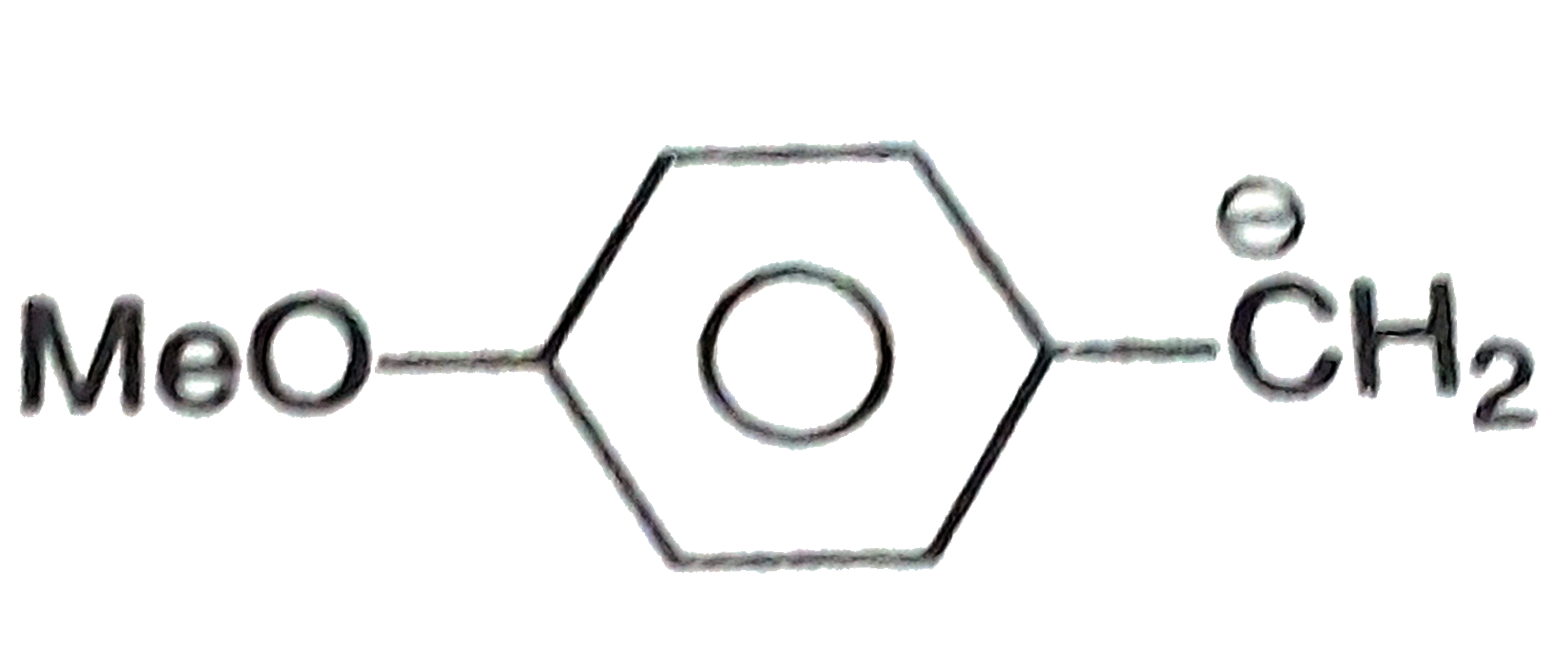 C
C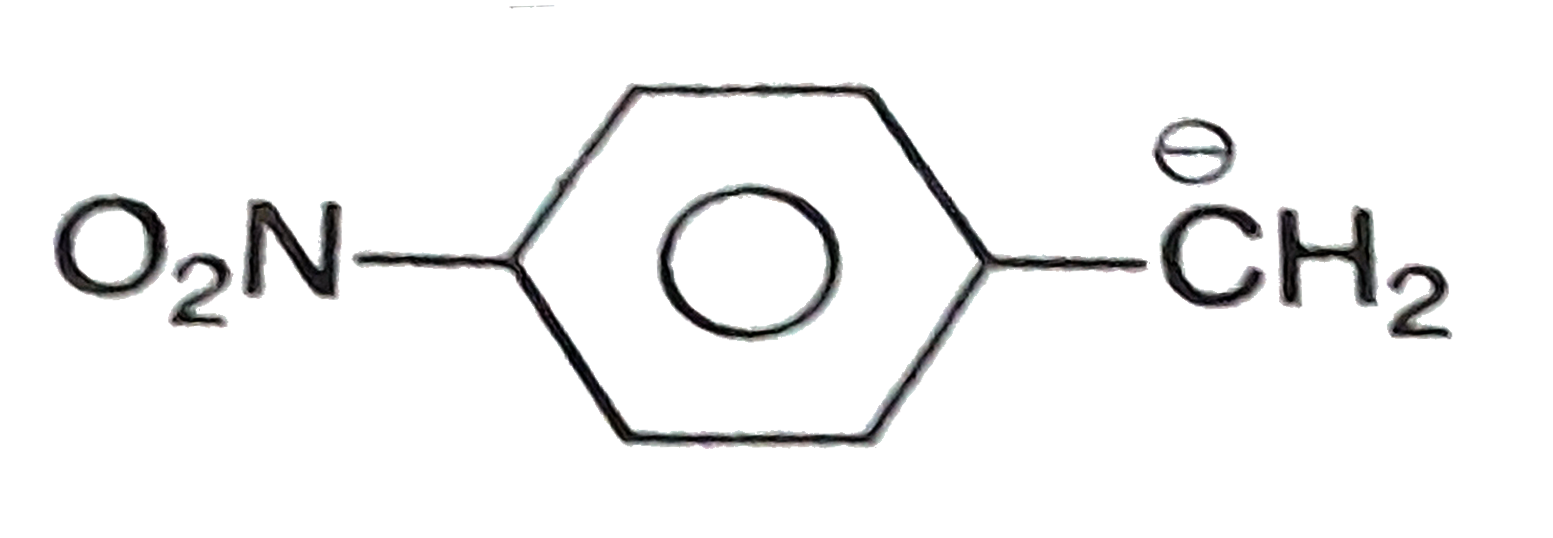 DPhCH2CH2ΘCH2
DPhCH2CH2ΘCH2

